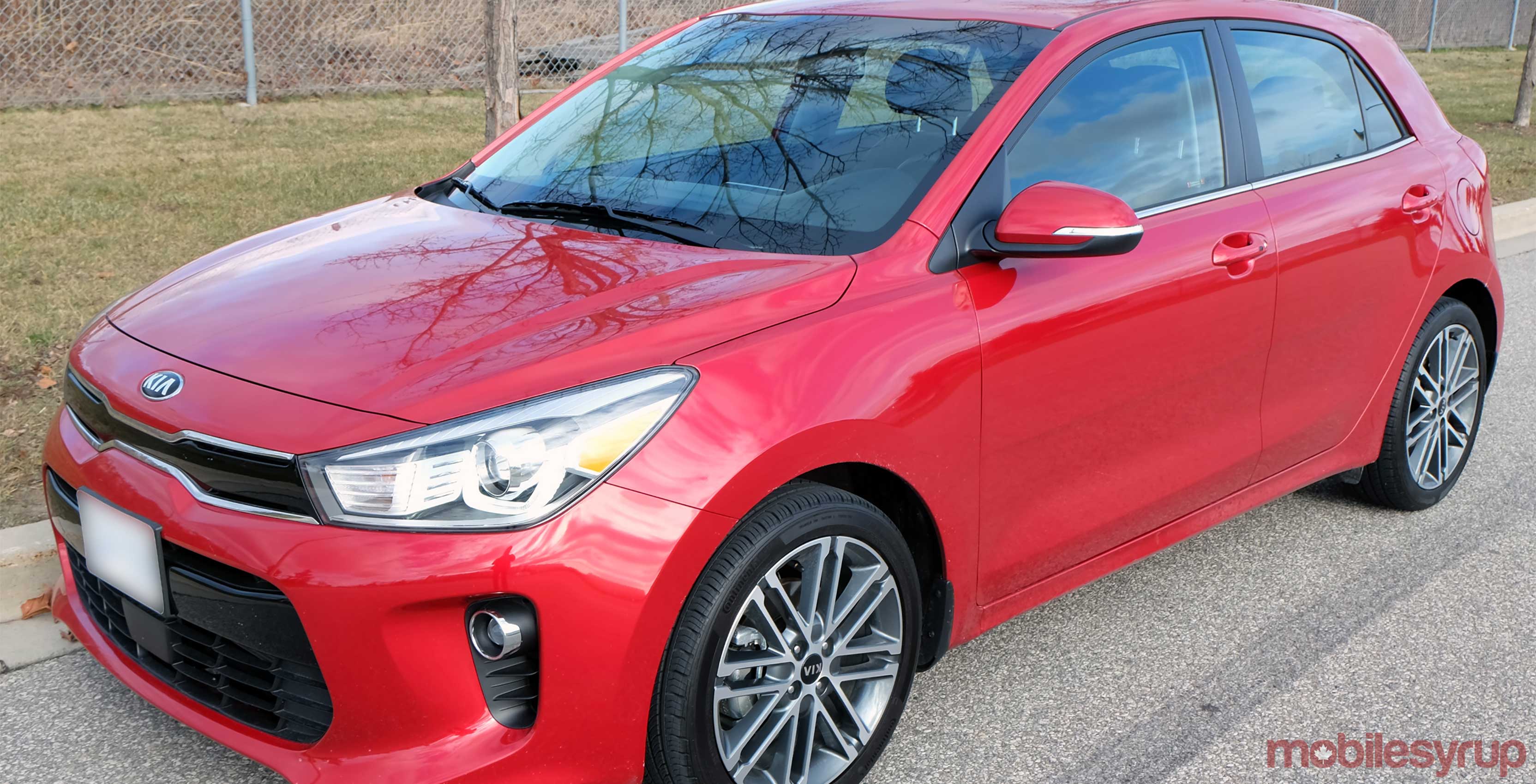
The Pros
- BlackBerry 10 support
- UVO Intelligence
- CarPlay and Android Auto
The Cons
- No app integration
- Limited audio file support
- No in-car Wi-Fi hotspot
Kia has had a tough road to respectability over the years, and as it’s been stating its case under the hood and inside the cabin, the dash has become more accessible.
Kia’s UVO infotainment system is a decent mix of telematics, and it is widely available throughout the automaker’s latest 2018 models. Unlike luxury brands that trickle features down from their best models to other lines, Kia spreads things out, rolling out UVO pretty evenly across the board. That makes what’s offered less exclusive.
I got to test it on the 2018 Kia Rio 5 EX hatchback, a vehicle that’s reasonably affordable at $22,800 outright, and clearly not one of the company’s premium models.
The system leans pretty heavily on third-parties to pick up whatever slack it leaves behind, so the phone you’re using inside can make or break the experience.
The basics

There are two elements to how UVO works. The telematics side called UVO Intelligence uses a free app for iOS, Android and BlackBerry World to control certain car features remotely. It’s also accessible via a web browser. They aren’t as deep as what other automakers offer, but it’s still unusual for a sub-compact car to go this far. It’s also subscription-free.
The options aren’t bad. You can remote start the engine, unlock or lock doors, and turn on the horn or lights. While there’s no way to send a destination address to the in-car navigation, it is possible to track the car. Limited diagnostics and maintenance scheduling are also thrown in.
The second part is in what’s actually in the dash itself. The UVO system offers some customization, but lacks any significant standalone integration. There is no native third-party app support, nor the ability to utilize certain features. For example, Kia only recently adopted Siri Eyes Free, except it hasn’t done the same for Google Assistant or BlackBerry Assistant.
Most of that heavy lifting is left to CarPlay and Android Auto, with BlackBerry’s voice assistant inaccessible. You can make or accept calls through a BB10 device, but not do a basic search.
The 2018 Rio comes in three trims: EX, EX Tech and EX Sport. UVO Intelligence, CarPlay and Android Auto are available on all of them. In-car navigation is only offered on the EX Tech.
Connections and layout
There’s only one USB port in the console under the dash, meaning you’d have to plug in a charger to the 12-volt socket to charge a second device. That USB port ties into the UVO system, enabling the smartphone to function as a simple USB device or run one of the projection platforms from Apple or Google.
The system does recognize audio files stored on a phone, except compatibility is limited to MP3 and WMA files. AAC or lossless files didn’t work when I tested them — unless I used a transcoding platform like Plex to stream them over.
Kia has a SIM card in the Rio, which enables UVO Intelligence to work and pushes system software updates, but does not offer anything else beyond that. No in-car Wi-Fi hotspot.
Bluetooth is standard, accepting up to five devices at one time. From what I could see, it doesn’t connect two devices at once, negating the ability to stream music from one, while accepting a call from another.
All of the EX trims use the same 7-inch touch display, with physical buttons flanking both sides for shortcuts to specific menus of features. Drivers can customize the star button and make it a shortcut to Bluetooth Audio, turn the display on or off, or go directly to My Menu, Phone or Data Services.
Voice and navigation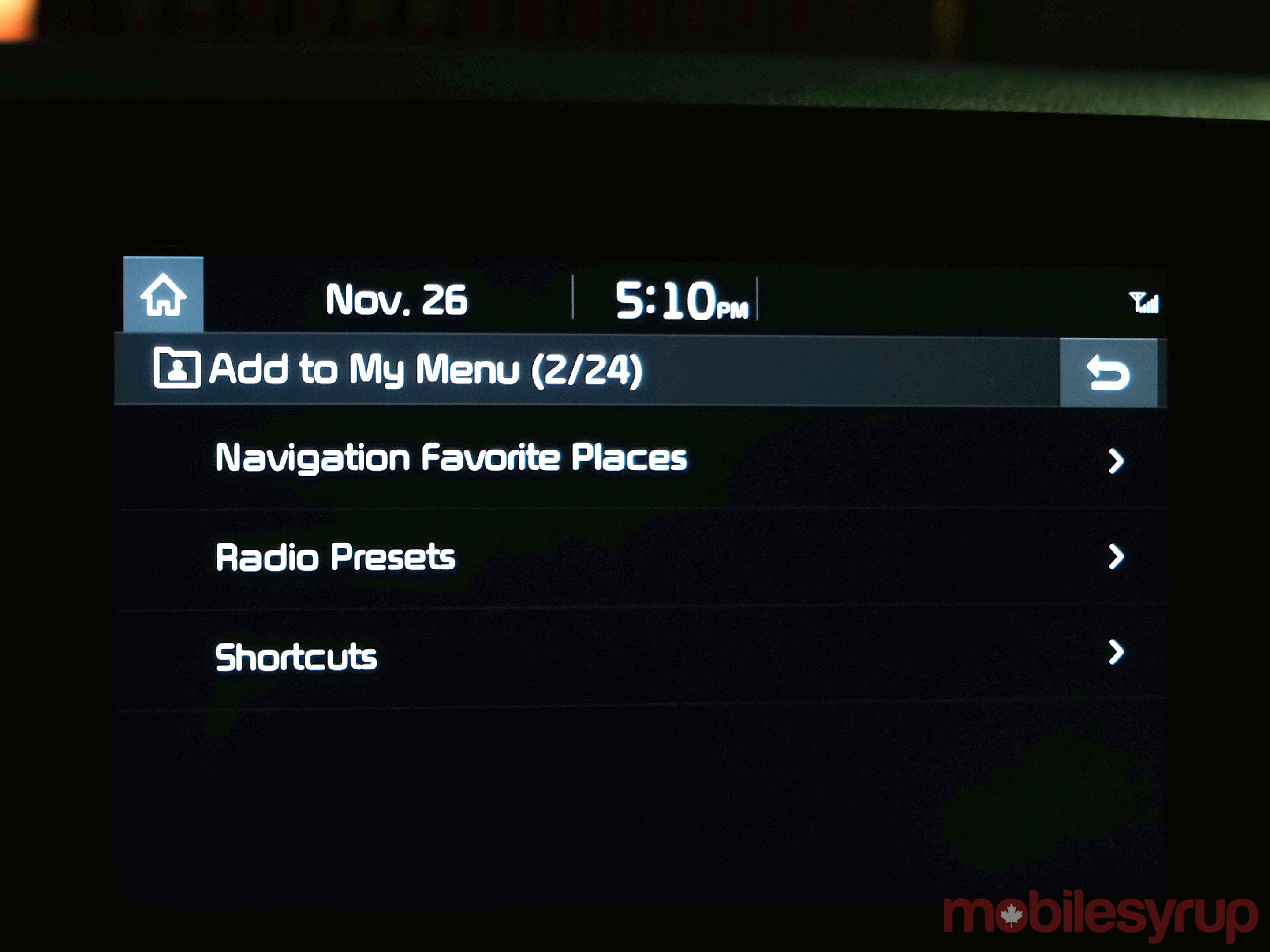
Kia’s own voice assistant is not especially deep, and is completely off once CarPlay or Android Auto are running. Learning to use it requires some patience and accurate verbiage.
As an example, it doesn’t recognize the phrase, “what can I say?” as a way to help drivers learn the basics. Instead, saying, “help,” will open that up with onscreen guidance to better understand how to verbally navigate the interface. You can’t string commands together, so there is a lot of back and forth when telling it to do something.
It’s not bad at making calls with devices paired via Bluetooth, pulling in contacts upon pairing. It was also pretty good at understanding phone numbers I recited to it.
The in-car navigation is also responsive, though its inclusion is less impactful for those driving in a city every day using Google Maps or Waze on Android Auto. For a second-rate mapping app like Apple Maps, however, Kia’s navigation is a decent complement.
Typically, at least for me, I find in-car navigation to be useful when driving somewhere further away, whereas I’m better served using Google Maps or Waze when getting somewhere with a time constraint.
CarPlay
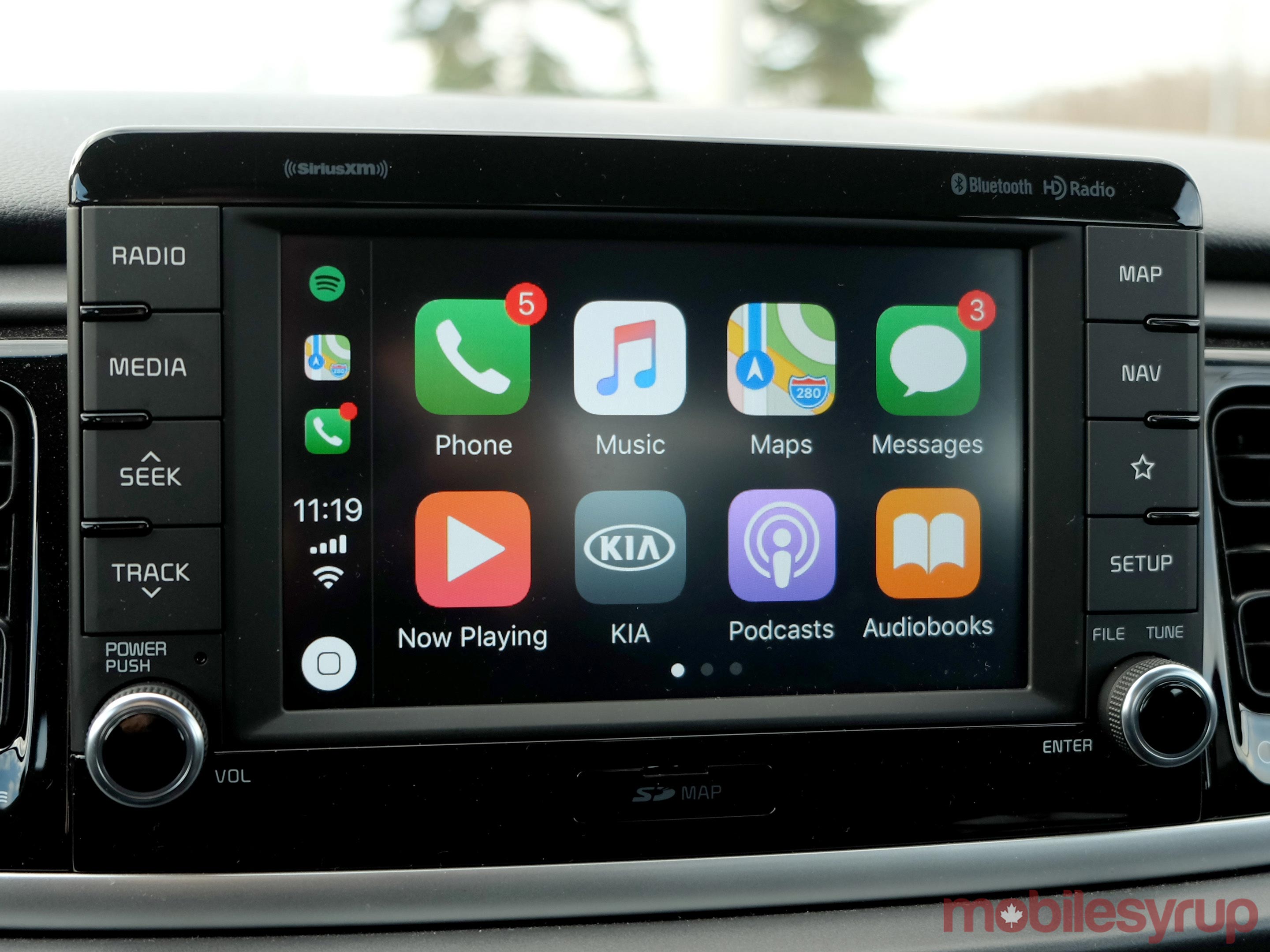
CarPlay’s ubiquity is such that it’s hands-down the best way to integrate an iPhone into a wide array of vehicles. The experience in this Kia Rio wasn’t all that different from I encountered in the much more expensive Audi S4 I recently tested.
Like other automakers, Kia makes it easy to navigate out of Apple’s platform and engage its own system. The one exception is voice, where Siri rules until the phone is unplugged. Where others try to integrate apps, the way BMW and Ford do with Spotify, for example, Kia leaves that entirely to CarPlay for iPhones.
The Media button next to the screen defaults to CarPlay whenever it’s running, making it a quick shortcut to get back after doing something else in Kia’s UVO. It’s a minor thing, but is a safer method that does save time.
Integration was pretty seamless, otherwise. Music would fade out for incoming calls, and come right back after I hung up. Playback wasn’t affected whenever I looked at Kia’s navigation map, until turn-by-turn directions piped up. I could browse the UVO menus without losing my place in CarPlay. A simple press of the Media button brought me right back.
While I didn’t try the other Rio trims, I do know the EX and EX Sport don’t have dedicated nav buttons. That means there’s no shortcut to Apple Maps, either way.
Android Auto
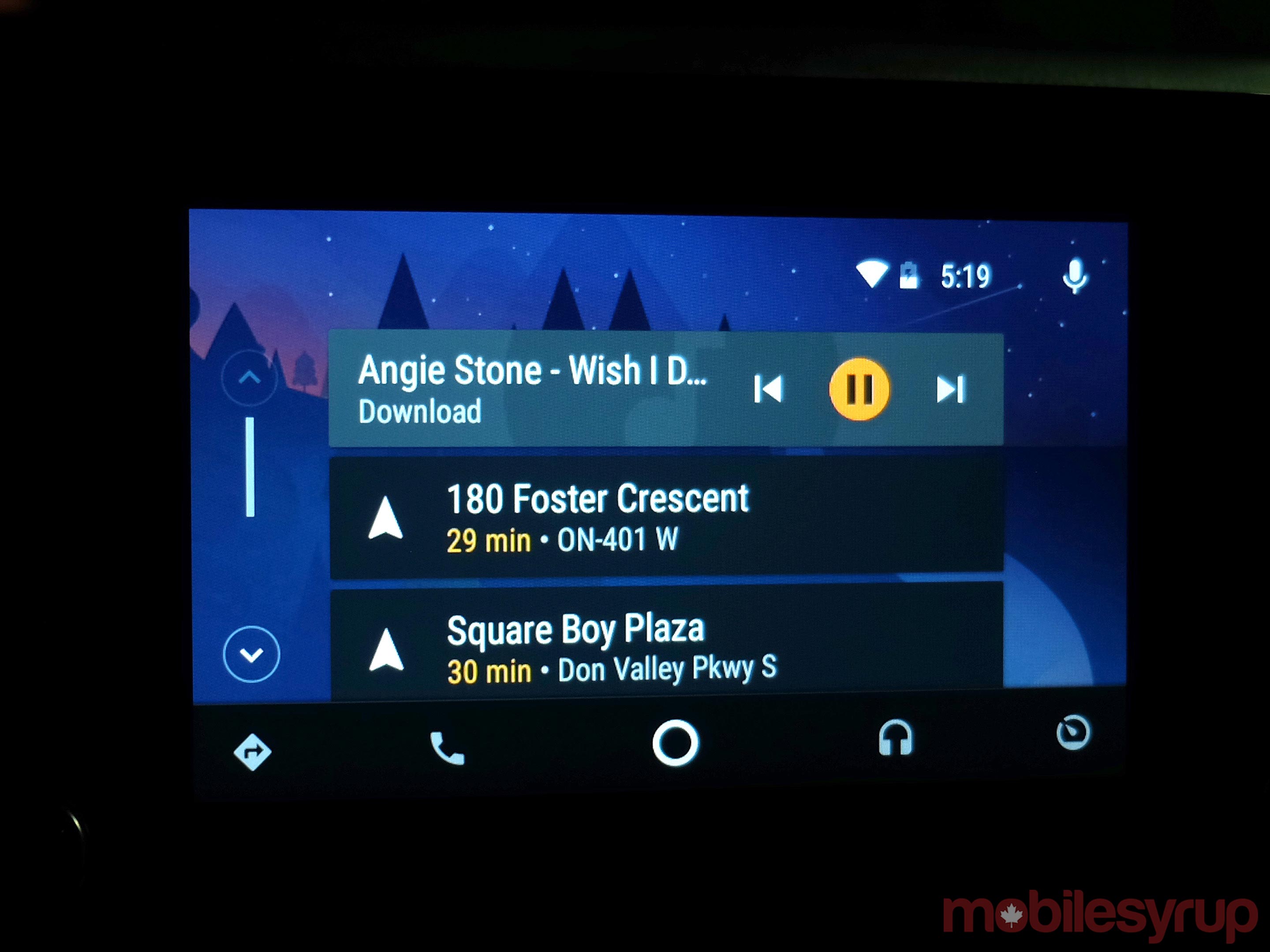
The biggest difference with Android Auto in this car was that Google Assistant was fully accessible through the steering wheel’s voice button. Google’s voice platform doesn’t play nice via Bluetooth like it does on certain other vehicles, but was perfectly fine when plugged in.
Replacing Google Now with Assistant has been the most impactful move in bolstering Android Auto this year, with Waze’s addition right up there. I know the interface is more of an acquired taste than CarPlay’s icon grid, but it’s better at offering shortcuts to recent apps.
Here, too, the experience wasn’t altogether different from what more expensive vehicles offer. Performance was smooth, with no real hiccups or issues inherent in the integration.
Like CarPlay, it’s easy to get out of Android Auto and engage UVO for whatever reason, without affecting current processes, like music or mapping. Even when running Google Maps or Waze, the physical navigation button on the right always defaulted to Kia’s own map. It did the same with Apple Maps in CarPlay, so unfortunately, there’s no shortcut there.
My Menu setup
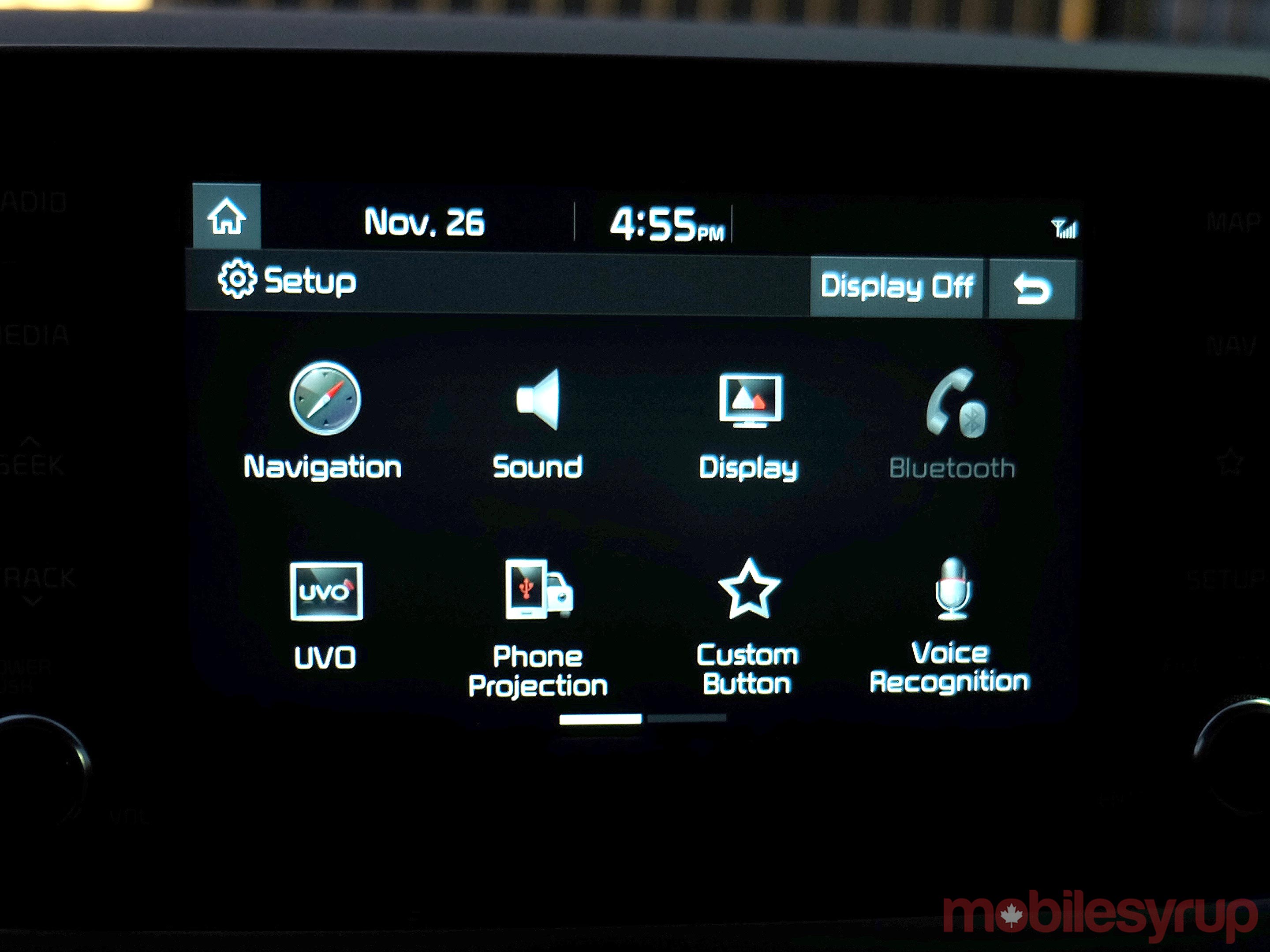
I did like the idea behind My Menu, which allows drivers to add up to 24 items for a customized layout. The mix is pretty wide too, with settings, radio stations and addresses accessible. I found it a nice, quick way to get to settings I need to access or change often.
I’m actually surprised this sort of thing isn’t more common. Aftermarket head units tend to be more liberal that way, but automakers usually offer a favourites menu more specific to a sub-section. You can have favourite contacts and favourite radio stations, but not generally in the same menu. This was a smart move on Kia’s part.
It would be really neat to be able to also include contacts, specific audio tracks or playlists for music playback outside of CarPlay or Android Auto. Alas, that’s not happening in UVO anytime soon.
Wrap up
The Kia Rio EX is a testament to how broad Apple’s and Google’s respective platforms apply to the auto industry. Whether the car is $20,000 or $200,000, the experience is unlikely to be radically different for either of them.
It’s a point that was proven by the even cheaper 2016 Chevy Spark, and I expect more entry-level and budget rides will get the same treatment going forward.
More premium vehicles do offer some things the Rio doesn’t, however. In-car Wi-Fi, better app integration, wireless charging and deeper diagnostic to name a few, but I suspect the Rio’s target market won’t care about those things.
It’s also a bonus that UVO Intelligence’s app-based features are available on an affordable model like this because that hasn’t been the norm to date.
"The Kia Rio EX is a testament to how broad Apple’s and Google’s respective platforms apply to the auto industry"
MobileSyrup may earn a commission from purchases made via our links, which helps fund the journalism we provide free on our website. These links do not influence our editorial content. Support us here.



